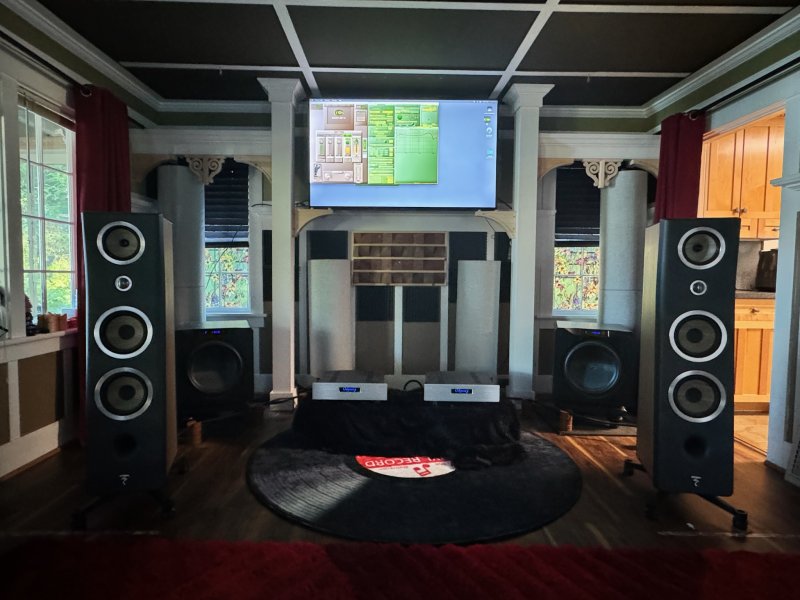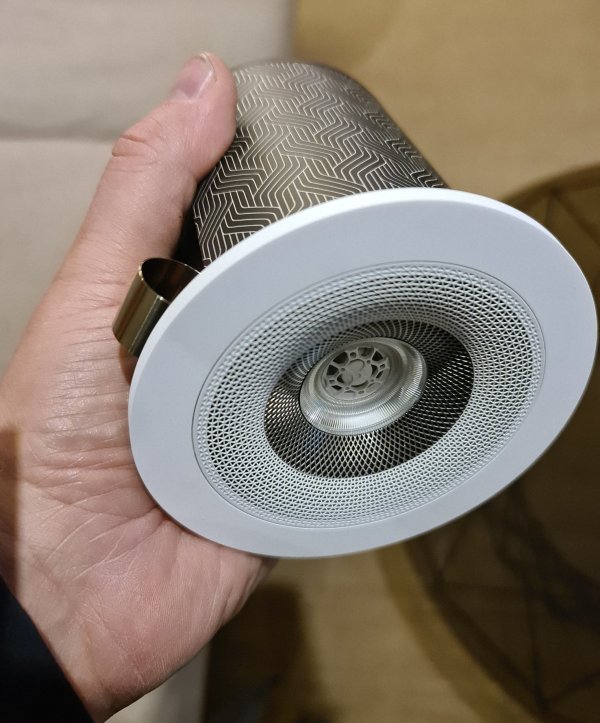I have a dedicated listening room in our basement. Sealed, no windows, treatments where I want them regardless of looks, low ambient noise - that sort of thing. But I’ve always envied people who have their systems in “regular” rooms who get good sound despite an abundance of windows, no 12’ ceilings and a lack of acoustic treatments. My ideal room is one of those “regular” rooms where I hang out even when the stereo isn’t on or playing quietly,, entertaining friends or reading.
My question then is “How do people pull off great sound in regular rooms, specifically without EQ?” I’d prefer that the discussion not venture into “they’re deluded - can’t be done” territory. Instead, it would be great for folks who have pulled it off to chime in and share their thoughts on how they’ve done it.
I’ve enjoyed my basement man cave but it’s time to see the light!
My question then is “How do people pull off great sound in regular rooms, specifically without EQ?” I’d prefer that the discussion not venture into “they’re deluded - can’t be done” territory. Instead, it would be great for folks who have pulled it off to chime in and share their thoughts on how they’ve done it.
I’ve enjoyed my basement man cave but it’s time to see the light!









